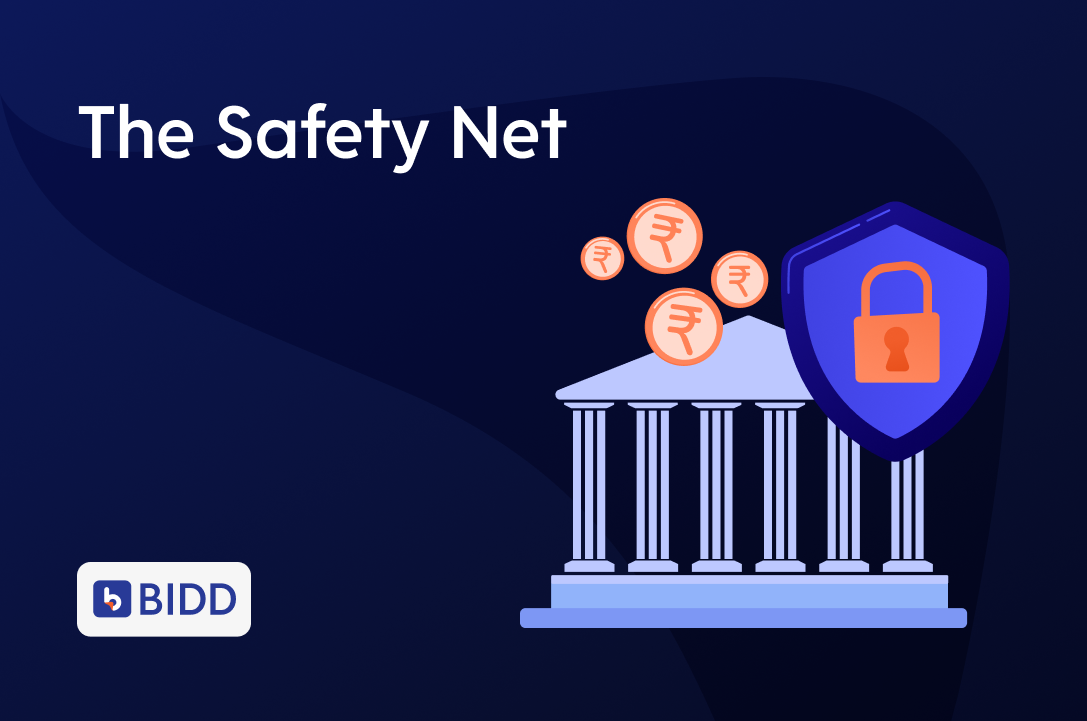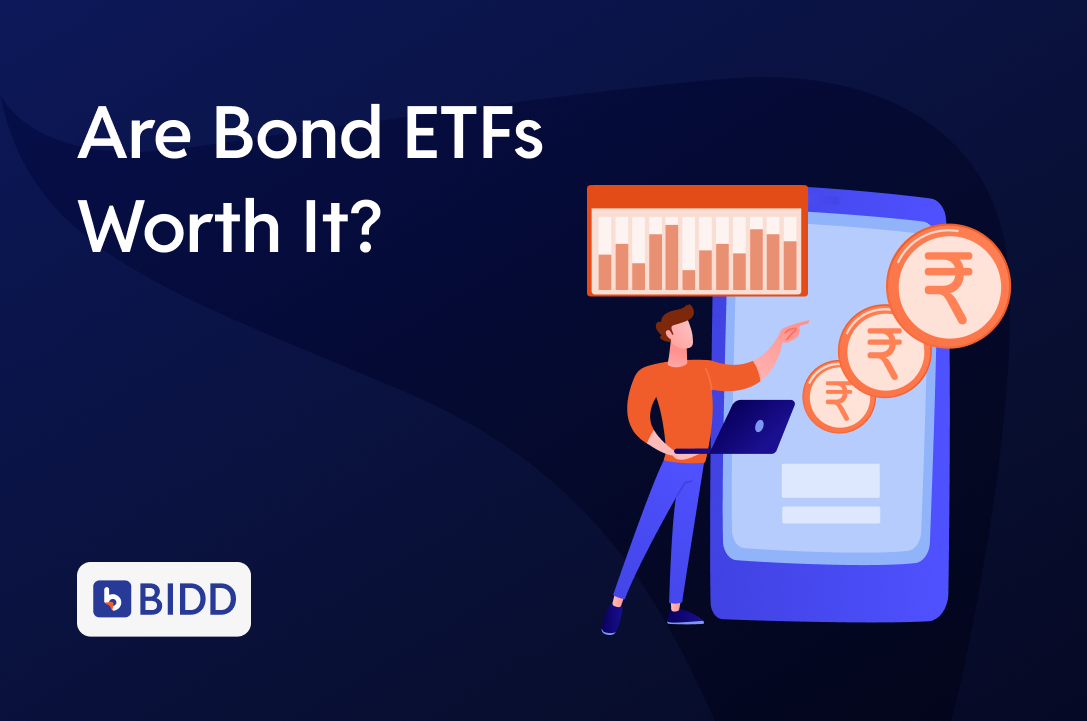What really protects your money when you invest in bonds?
Let’s Start with a Quick Question
A bond promises 10% returns. It sounds solid.
But what if the issuer fails to pay you back?
That’s when you realize something matters even more than the returns themselves:
The safety net behind the bond.
And no, we’re not talking about insurance.
We’re talking about:
- Security
- Promoter Strength
- Lender Pedigree
These are the real foundations that help protect your money.
Let’s decode what each of these means — without the jargon.
1. Security: Is This Bond Backed by Anything?
When a bond is secured, it means there’s collateral behind it.
In simple terms:
If the issuer defaults, there’s an asset that can be sold to recover investor money.
Types of Security:
- Secured Bonds: Backed by tangible assets like property, receivables, or shares
- Lower risk
- Typically offer slightly lower returns
- Lower risk
- Unsecured Bonds: No asset backing; repayment depends solely on the issuer’s credibility
- Higher returns
- Higher risk
- Higher returns
Example:
If you lend money and take gold as collateral — it’s secured.
If there’s no collateral — it’s unsecured.
What to look for in a term sheet:
Phrases like “secured by first charge on receivables” or “no security”.
2. Promoter Strength: Who’s Behind the Issuer?
Behind every bond is a company.
Behind every company is a promoter — the individuals or business groups that manage and own it.
A strong promoter increases investor confidence.
What makes a promoter strong?
- Proven business track record
- Backing by a reputed group
- Transparent governance practices
- History of honoring debt obligations
Examples of trusted promoters:
- Tata Group
- Mahindra & Mahindra
- Bajaj Finserv
When groups like these issue a bond, they bring reputational risk to the table — which often keeps them disciplined.
Red Flag:
If the promoter is lesser-known or lacks financial history, check credit ratings carefully and do more due diligence.
3. Lender Pedigree: Who Else is Lending to This Company?
This is often overlooked — but it’s a strong indicator of financial health.
Look at the company’s existing lenders.
If institutions like:
- SBI
- HDFC
- ICICI
- LIC
…are involved, that’s a positive sign.
These institutions conduct rigorous due diligence before lending. If they’re invested, it suggests a certain baseline of credibility.
Let’s See This in Action
Bond A
- Coupon: 10.5%
- Secured by receivables
- Issuer backed by a listed NBFC with 10+ years of operating history
- Existing lenders include HDFC and Axis Bank
Bond B
- Coupon: 12.5%
- Unsecured
- Issued by a lesser-known group with limited public track record
- No major institutional lenders
Which would you pick?
If protecting capital matters, Bond A provides more assurance.
Bond B may be tempting for the higher yield — but it comes with higher risk.
Why Should You Care?
Because high returns mean little if your principal isn’t protected.
The best investors look beyond the interest rate and ask:
- Is this bond backed by assets?
- Who is behind the company?
- Are respected institutions lending to them?
Evaluating security, promoter strength, and lender pedigree helps you:
- Avoid risky positions
- Build a resilient portfolio
- Invest smarter, not just harder
Quick Recap: The Safety Checklist
| Feature | What to Look For |
| Security | Is the bond backed by collateral or assets? |
| Promoter Strength | Who owns and operates the issuer, and what’s their track record? |
| Lender Pedigree | Are reputed banks and financial institutions involved? |
Final Thoughts
High yields look attractive — on paper.
But when things go south, protection is all that matters.
Next time you’re browsing bonds on Bidd, don’t just focus on coupon rates. Ask:
- Is the bond secured?
- Who are the promoters?
- Who else is lending to them?
Because in bond investing, it’s not just about chasing returns —
It’s about choosing the right safety net.




